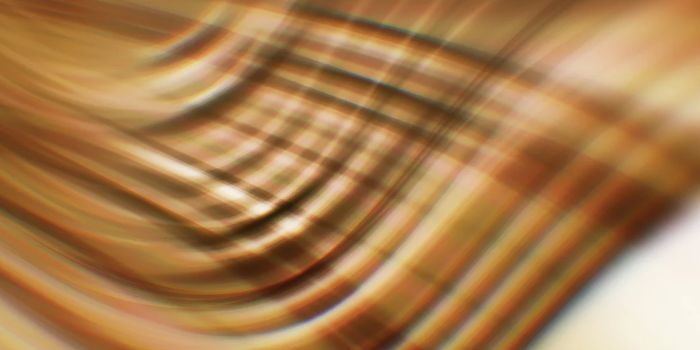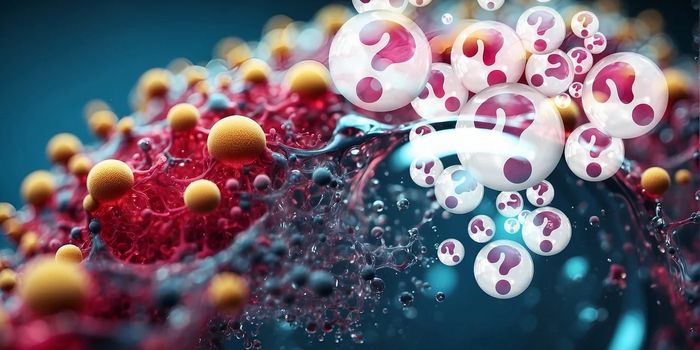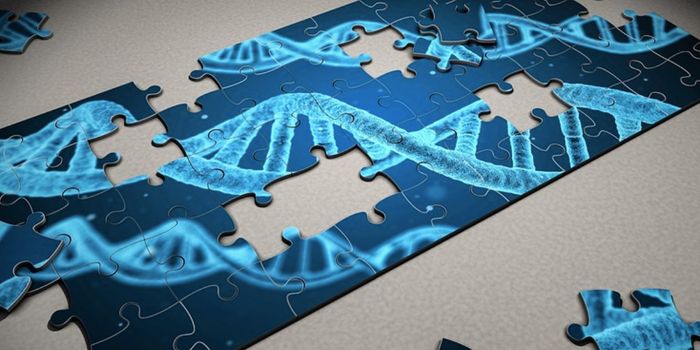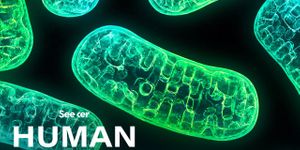Mutations form in specific genomic patterns based on external and internal factors
New research published in Nature Genetics provides insight on the formation of mutations in the genome. Researchers from The University of Texas MD Anderson Cancer Center say that their findings suggest that external and internal factors (for example, UV light and tobacco smoke versus defects in DNA damage repair, respectively) cause mutations in different places on the 3D organization of the genome in the cell, showing specific patterns. Understanding these patterns could help develop new therapeutic targets.
"DNA is not randomly organized within the nucleus, and we found that this structure is strongly correlated with how cancer cells accumulate mutations," said lead author Kadir Akdemir, Ph.D., instructor of Genomic Medicine. "We know there are certain processes causing mutations in cancer cells, but we don't always understand the underlying causes. These findings should give us a clue as to how cancer accumulates mutations, and perhaps we can target and kill cancer cells by leveraging the mutations they accumulate."
The team analyzed publicly available whole-genome sequencing data of 3,000 paired samples of normal tissue and tumor tissue across 42 cancer types. They wanted to see what parts of the genome held more mutations. They found that the inactive domains, regions that hold genes that are infrequently used, had significantly more mutations than the active domains, which carry frequently-used genes. This finding was constant across all cancer types studied.
The researchers were also interested in learning about the impact of external environmental factors. "Interestingly, we found that different causes of mutations resulted in distinct accumulation patterns within the cell," said senior author Andy Futreal, Ph.D., chair of Genomic Medicine. "Extrinsic factors were associated with an enrichment of mutations in inactive domains, whereas intrinsic factors were correlated with enriched mutations in active domains. This provides us an important foundation going forward to understand the root of cancer mutations when we don't otherwise know the cause."
The team hopes that their findings widen the understanding of the cancer-related mutations in order to add to the research and development of targeted anti-cancer therapies. For instance, says Akdemir hopefully, if therapeutic agents could establish activity in active domains so that immune response cells could be more aware of cancer mutations, the could potentially stimulate a stronger anti-tumor immune response. While there is more work to be done, the team remains positive about the implications of their research.
Sources: Nature Genetics, Eureka Alert









